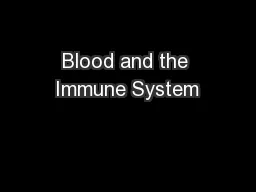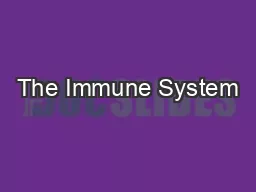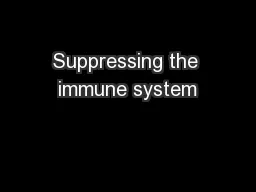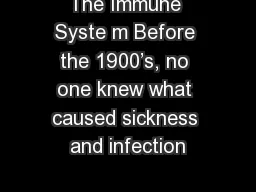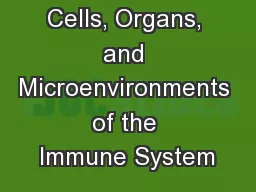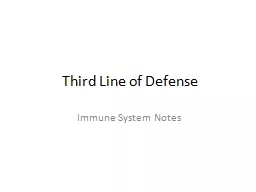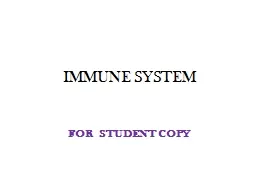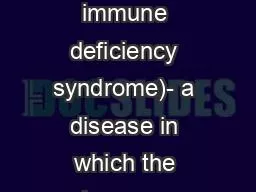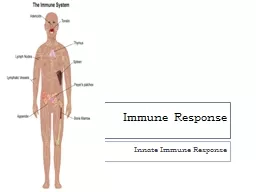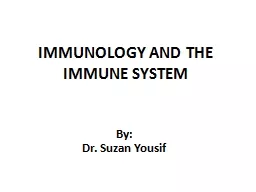PPT-Blood and the Immune System
Author : stefany-barnette | Published Date : 2016-04-06
The Bodys Lines of Defence First Line of Defence Skin the largest organ and mucous membranes defend against viral and bacterial invaders The skin acts as a physical
Presentation Embed Code
Download Presentation
Download Presentation The PPT/PDF document "Blood and the Immune System" is the property of its rightful owner. Permission is granted to download and print the materials on this website for personal, non-commercial use only, and to display it on your personal computer provided you do not modify the materials and that you retain all copyright notices contained in the materials. By downloading content from our website, you accept the terms of this agreement.
Blood and the Immune System: Transcript
Download Rules Of Document
"Blood and the Immune System"The content belongs to its owner. You may download and print it for personal use, without modification, and keep all copyright notices. By downloading, you agree to these terms.
Related Documents

